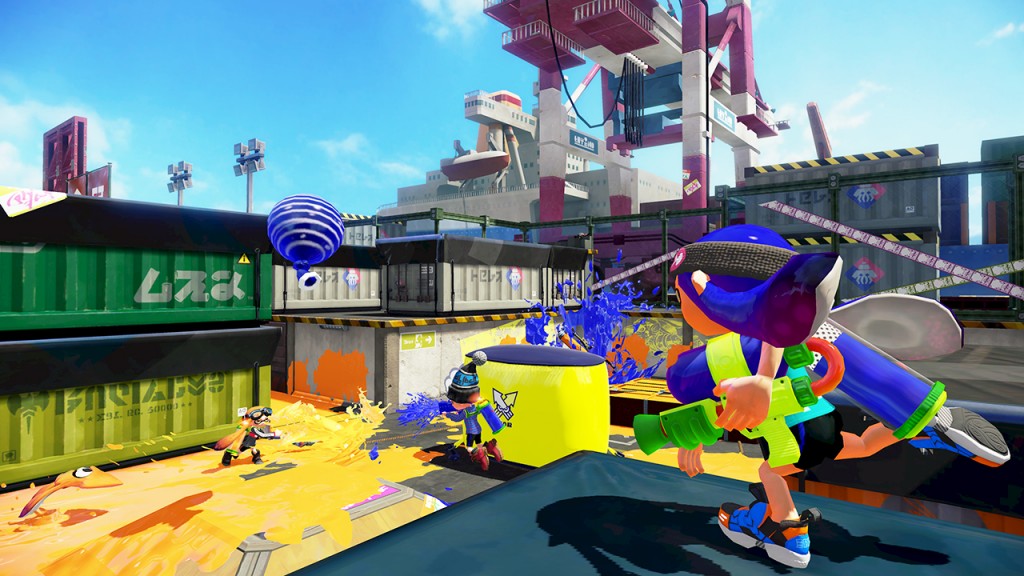
When you hear the phrase “online team-based shooter,” Nintendo is usually the last company you think is involved. The company best-known for colorful, cartoon-like platformers and family-friendly franchise party games has dabbled in competitive online play with recent Mario Kart and Super Smash Bros. titles, but those modes were additional options to their respective games and never the main attractions. But at E3 last year, Nintendo unveiled Splatoon to the world, representing both a new IP and a new approach toward online play from the house that Mario built. READ MORE
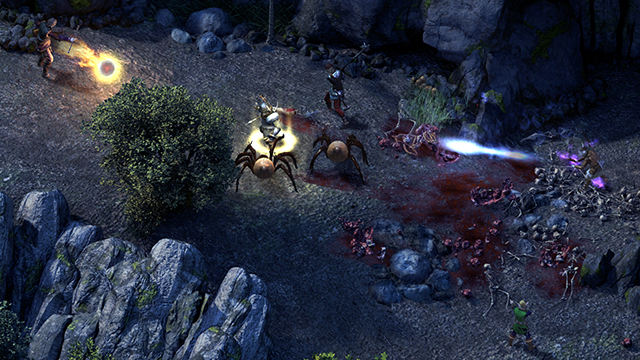
For a guy who devotes as much energy as I do toward the pursuit of leisure, I am terrible at discovering new sources of entertainment. I can still remember the first time one of my junior school buddies showed me professional wrestling. Sure, I’d heard about it, but even when I watched The Rock run in on a Stone Cold match and listened to my friend freak out, I still didn’t get it. It obviously wasn’t real. It was a bunch of half-naked dudes punching each other. What was so great about that? As it turns out, everything. I don’t know when, if ever, wrestling and I would have crossed paths had it not been for my quick initiation in my parents’ basement on a barely-color TV. READ MORE
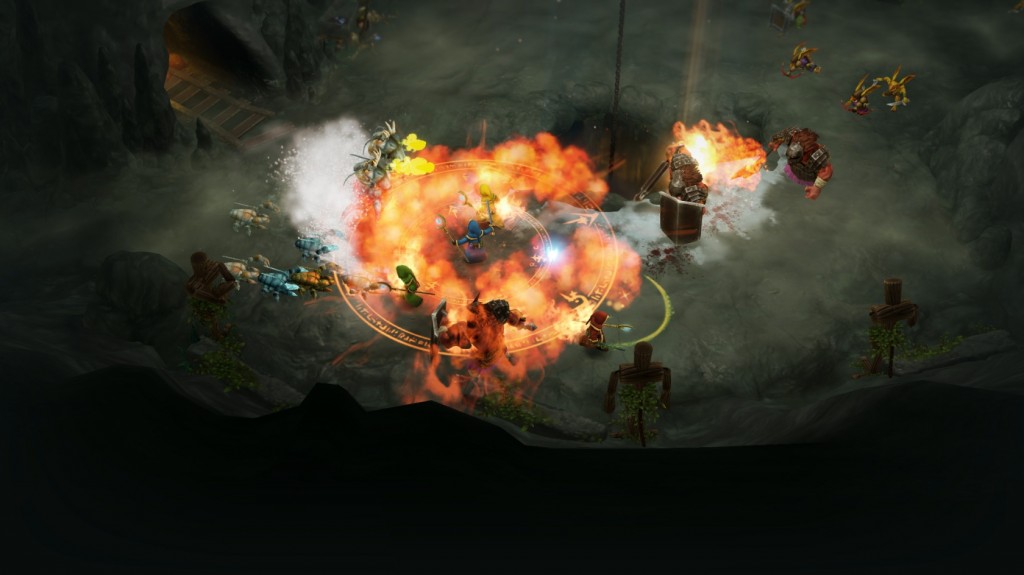
Magicka 2 is at its best in cooperative play. It plays better with two than with one, it plays better with three than with two, and it plays better with four than with three. Unfortunately, it doesn’t really shine with any number. It never becomes that game that I want it to be. All through the campaign, my prevailing thought was “I hope that the next enemies are more fun to fight,” and the only difference was that when I had friends in the room or over PSN, those thoughts were said out loud instead of internalized. READ MORE
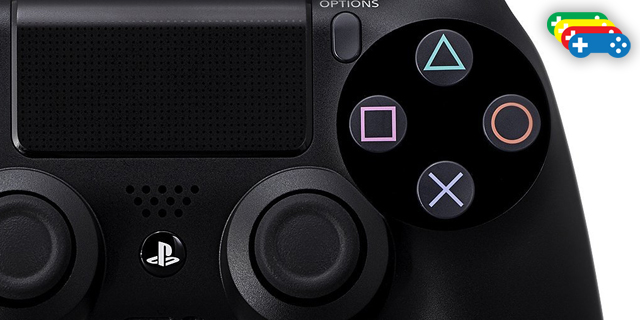
With a few years under their belt, the latest generation of hardware is starting to show what it’s truly capable of accommodating in terms of same-room multiplayer. So here’s the best of that! We’re starting with the PlayStation 4 and covering the Xbox One soon, and it deserves top billing due to its efforts in the local multiplayer space.
READ MORE
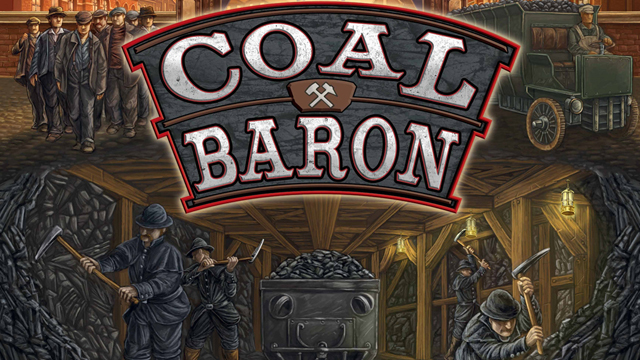
There are a lot of worker-placement games on the shelves these days. Each one brings its own special spin on the core mechanic, but for the most part, every action taken by one player results in one fewer choice for those who follow. Competition for desired actions and a limited number of workers each round forces players to prioritize, and a backup plan or three never hurts.
Coal Baron, a 2013 design by Wolfgang Kramer and Michael Kelsing, takes a different approach. Instead of only a handful of workers, each player has over a dozen, with the specific amount depending on the actual number of players (up to four). If a player wants to use an action previously taken by another player — or even themselves — all they have to do is assign one additional worker to that action. This adds a new level of strategy, as you must balance the actions you want to take against how many workers you are willing to spend to take them. READ MORE
























